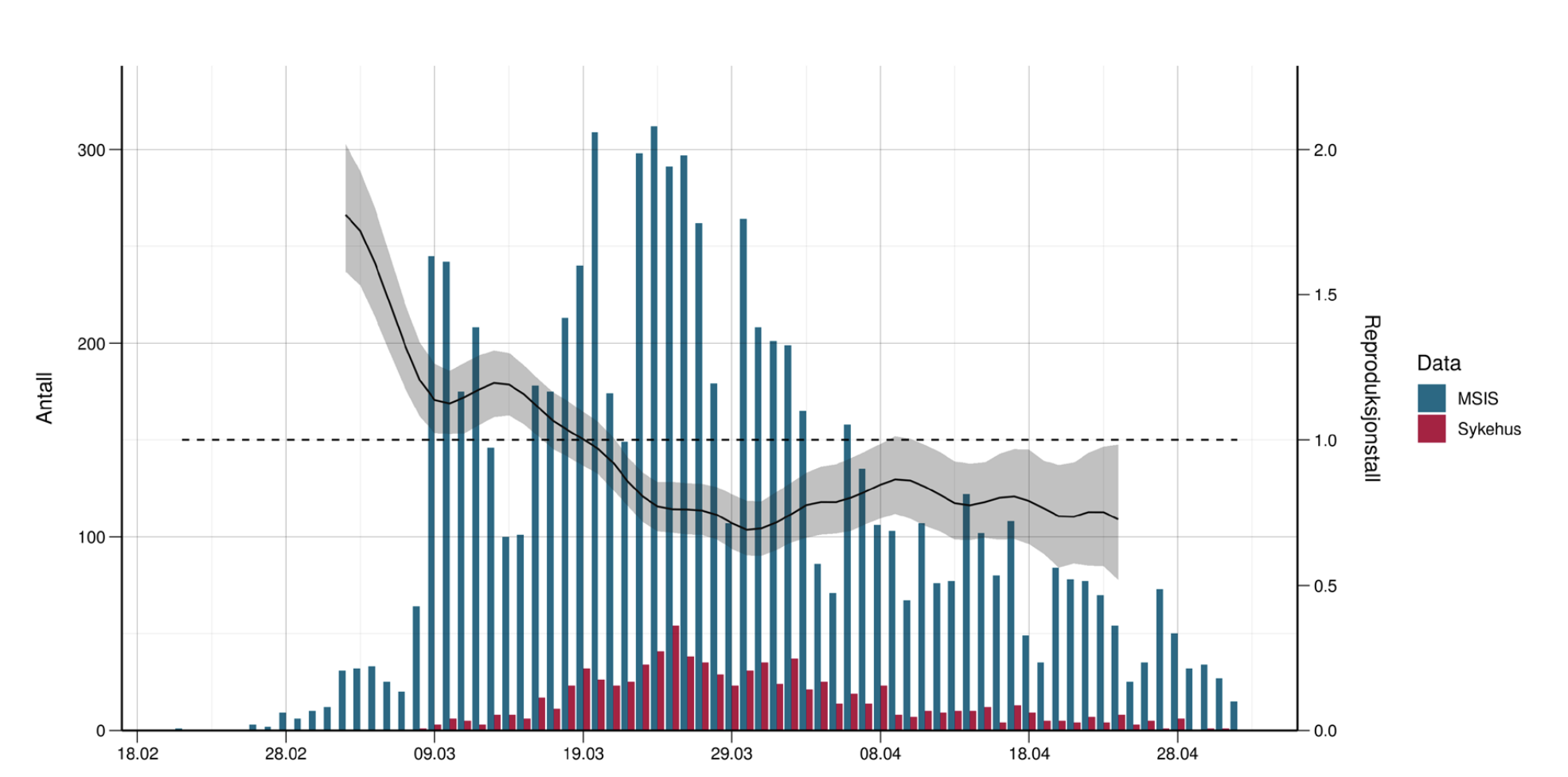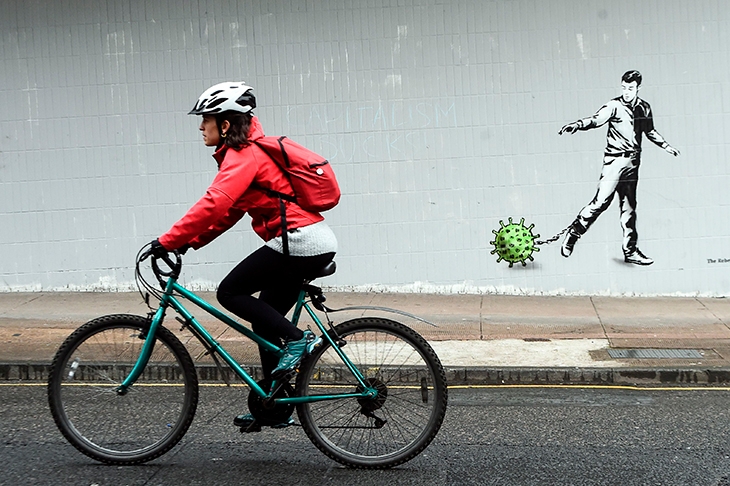Who occupies the post of chief adviser to the prime minister is not generally an issue of great interest to the public. That Dominic Cummings has come to dominate the news for several days is partly explained by the long shadow of Brexit and his role in the referendum campaign. But it is no use attributing to that alone the furore over his decision to travel from London to Durham at the height of lockdown. People are genuinely aggrieved that when they have made personal sacrifices to conform to the ‘stay at home’ edict, a man who helped devise those rules appears not to have done the same.
In vain might Mr Cummings argue that the Health Protection (Coronavirus, Restrictions) (England) Regulations 2020 gives leeway for his journey. He acted as a responsible husband and father. But many people feel that he availed himself of a loophole whose existence had not been made clear to the public. How easily could other parents in similar circumstances have worked out, without hiring a lawyer, that it was acceptable to relocate to another property? Had the government’s message been ‘use your discretion’ there would be no scandal.
This is one of the many problems of police-enforced lockdown, a draconian tool that has inflicted grave social, educational and economic damage. It could well prove to be a price worth paying if this really was the only way of getting the virus under control. Professor Neil Ferguson and his team at Imperial College London said that the alternative was hundreds of thousands of deaths. They argued that asking the public to take voluntary measures would not be enough. It was quite a thesis. At the time, there was no way of knowing if it was correct. Now, we are in a far better position to judge.
Professor Ferguson’s analysis showed a virus growing at a terrifying yet steady speed with each infected person infecting about four more. The below graph shows Imperial’s assumptions for the UK. The self-isolation of the sick is shown to have little impact on the R-rate; ditto social distancing. School closures are shown to have a tiny impact. But lockdown, by contrast, is shown as a magic bullet, instantly cutting the rate of infection — the ‘R’ number – below the safe level of one. Lockdown is shown to have a cliff-edge effect on the infection rate of the virus.

It is time to restore liberty: to ask for continued caution but allow people to use common sense
If the story told by the Imperial cliff-edge graph was correct, it’s an open-and-closed case for lockdown. Brutal, but effective – and nothing else would be anything like enough.
In March, there was very little information: making such guesses was sensible, and was always going to involve a large error margin. But we know a lot more now, enough to derive better estimates about how rapidly the virus was spreading. And to come up with better version of the above graph, backdating data to see what the situation really was.
The Swedes, who rejected Professor Ferguson’s advice from the start, found that coronavirus was never growing as fast as Imperial calculated. Its R number was reduced to 0.85 in Sweden — well below the level of 1 that Britain thinks is safe — without lockdown, without police drones chasing dog-walkers, and with far less financial damage. A comparison between the Imperial estimates for Sweden and its own official data can be found here,
Norway has been next to do the sums. It also found that the virus had not grown as quickly as Imperial had estimated. In fact, it found, the virus was already under control when the lockdown order was given, with the R number having already fallen to 1.1. The graph from its study is below, with the R-number on the right-hand scale

This was startling news. The R-number was impossible to ascertain at the time, but the Norwegians have gone public – saying people deserve candour now they have found out things were never as bad. Camilla Stoltenberg, head of Norway’s Public Health Institute, says the country could ‘have achieved the same effects and avoided some of the unfortunate impacts by not locking down — and instead, keeping open, but with infection control measures’.
For Norway to admit that its lockdown might well have been unnecessary is quite something. But officials there say that Covid could return for a second wave and, if so, they need to be brutally honest about which policies work and which do not. Norway’s statistics agency has calculated the harm inflicted by school closures, showing that every week out of the classroom stunts life chances and permanently lowers salaries. Their point: you should do this to children only if you are sure that lockdown works. When the order came to close Norway’s schools, Ms Stoltenberg admits, ‘the scientific backing was not good enough’.
Britain ought to do the same exercise and ask: what does the data tell us? Was our R-number high and not much moved by voluntary social distancing, as suggested by the Imperial College graph? Or might it also have been coming down fast before lockdown, and driven down by voluntarily changed behaviour? There is nothing stopping the UK authorities attempting a Norway-style exercise. The UK has all kinds of data to scrutinise: 999 calls, hospital admissions, weekly records of complaints of breathing difficulties, and some 37,000 Covid deaths. So it should be possible, now, to see whether lockdown (as opposed to voluntary social distancing) made a meaningful difference to the trajectory of the virus.
It could well be that, as the Prime Minister likes to say, hundreds of thousands would have died had he not instructed us to stay at home. If so, he can show us the data and make his case. But it could also be that lockdown will prove no more useful in Britain than it was in Norway. If so, we ought to be told.
Meanwhile, police-enforced lockdown continues in Britain. We cannot attend a church service, have lunch with our neighbours, play team sports or walk into a bookshop. Where is the evidence that allowing such small steps would cause any significant risk? Where in the world has relaxation of lockdown revived the virus? If there is doubt about the efficacy of lockdown in confronting a virus, there is no doubt about its effects. It inflicts permanent damage, deepens inequality, kills off otherwise-viable businesses and kills jobs. The distortion in healthcare will have a huge cost: the extra cancer deaths alone will run into thousands. The price of lockdown will be paid in lives, not just in pounds. We know, from recent British history, that every 1pc rise in unemployment leads to a 2pc rise in chronic diseases: so almost a million more cases if this crash is as bad as the last one.
No one is suggesting an immediate return to life as it was before lockdown. But we can move to the next stage: to call off the police, and deploy a system of voluntary social distancing. To ask for continued caution but allow people to use common sense. The country is ready to be trusted. The question is whether the Prime Minister feels ready to trust us.






Comments